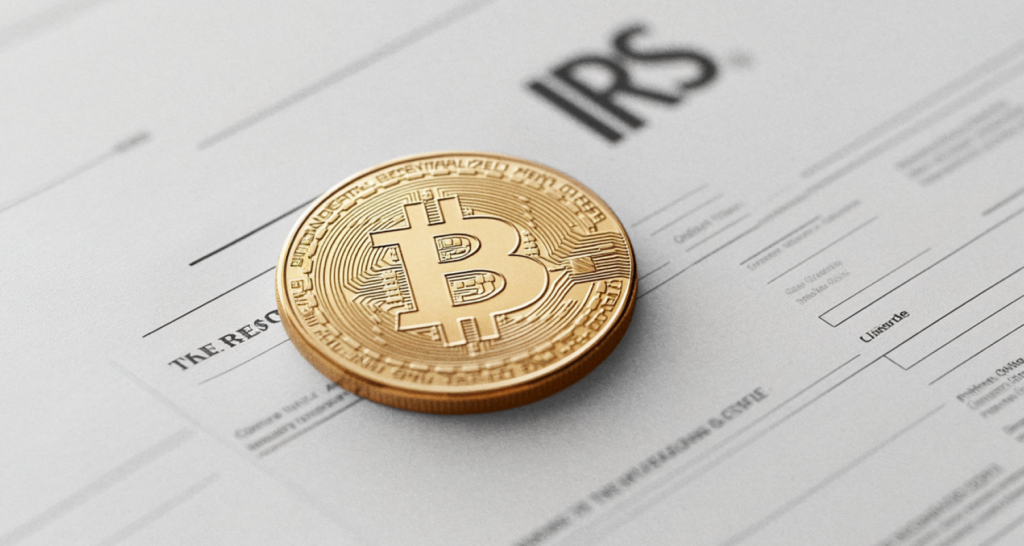Ripple’s Take on CBDCs: Opportunities and Risks

Currently, 130 countries, contributing to 98% of the global GDP, are actively examining CBDC projects. CBDCs are being considered as a means to enhance financial accessibility, encourage payment innovations, and reduce fraud. The Bank for International Settlements anticipates that within a few years, 20% of the world’s population will have access to CBDCs.
On this page
Ripple has been at the forefront of working with various banks and nations to help them develop and implement CBDCs. In their report titled “CBDC: The Digital Evolution of Money,” Ripple’s experts share their insights on this technology, its advantages, challenges, risks, and potential. Let's explore the key takeaways from this report.
What is a CBDC? Benefits and Potential
CBDCs, or Central Bank Digital Currencies, are digital versions of fiat currencies that use blockchain technology. They can be broadly classified into two types: universal (for general transactions) and wholesale (for interbank settlements).
CBDCs promise to enhance the payment infrastructure by increasing efficiency, security, and reducing transaction costs. They have immense potential to foster financial inclusion, particularly in developing markets where traditional banking infrastructure is limited.
CBDCs could revolutionize cross-border payments, making them quicker, more affordable, and more accessible, especially in regions like Sub-Saharan Africa where remittance costs are high, averaging close to 8% of the remittance amount.
Tokenization of Real-World Assets (RWA) is another growing area, potentially reaching $16 trillion by 2030, as estimated by Boston Consulting Group. This approach can streamline settlement times, ensure transparency in asset ownership and investment models, and cut out unnecessary middlemen.
Additionally, CBDCs are viewed as potentially more environmentally friendly compared to traditional transactional and cash systems, considering the higher energy consumption of the banking sector compared to that of cryptocurrencies.
Environmental Impact of Cash Source: ripple.com
Challenges and Risks in Implementing CBDCs
Key challenges in the deployment of CBDCs involve addressing the absence of a uniform global regulatory framework, managing end-user adaptation, ensuring privacy and security, and achieving interoperability between different CBDC systems. The authors of the Ripple report assert that these issues can be resolved through concerted international efforts.
Our website features a dedicated article discussing the privacy aspects of CBDCs.
The introduction of CBDCs could also lead to greater centralization of payment processing, make it more difficult to reverse fraudulent transactions, and increase dependency on third-party services. It is crucial to balance technological advancements with political considerations, including the establishment of legal frameworks and adherence to regulatory norms.
Facilitating offline transactions and ensuring interoperability across various CBDC systems is essential for their widespread adoption. This encompasses providing services in regions with limited internet connectivity and seamless transaction processing across different CBDC platforms.
Final Words
CBDCs hold immense potential in reshaping the global financial landscape, offering robustness, efficiency, and transparency. Nevertheless, it's imperative to rigorously evaluate and mitigate all potential risks and impacts before their implementation, as they could adversely affect both the economy and the rights of citizens. Ensuring public opinion is taken into account and constitutional rights are upheld is of utmost importance.
The content on The Coinomist is for informational purposes only and should not be interpreted as financial advice. While we strive to provide accurate and up-to-date information, we do not guarantee the accuracy, completeness, or reliability of any content. Neither we accept liability for any errors or omissions in the information provided or for any financial losses incurred as a result of relying on this information. Actions based on this content are at your own risk. Always do your own research and consult a professional. See our Terms, Privacy Policy, and Disclaimers for more details.



























